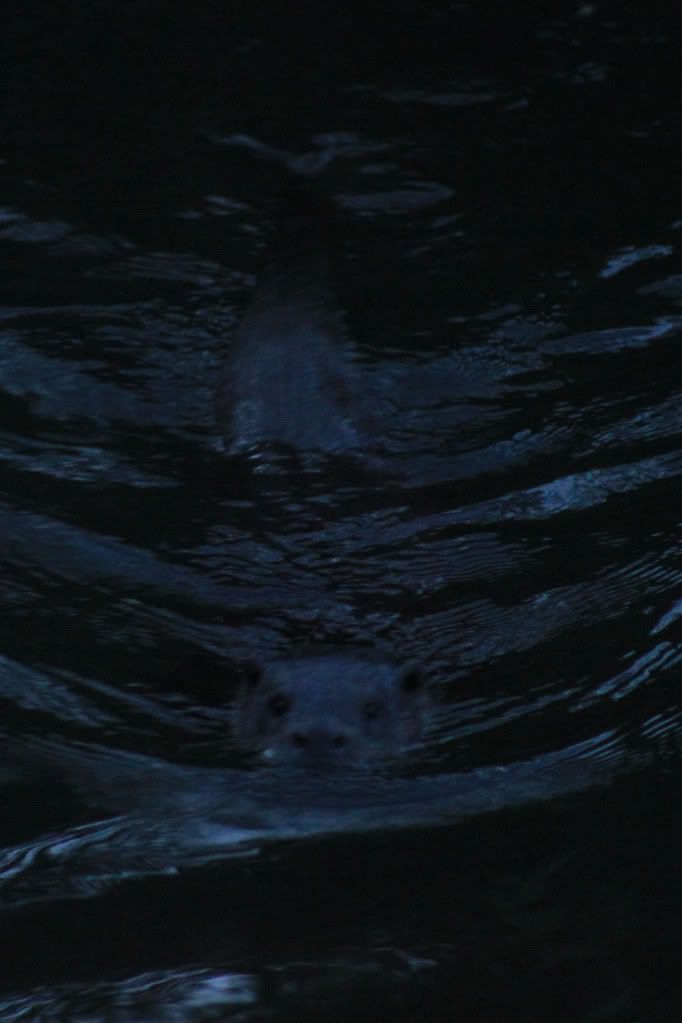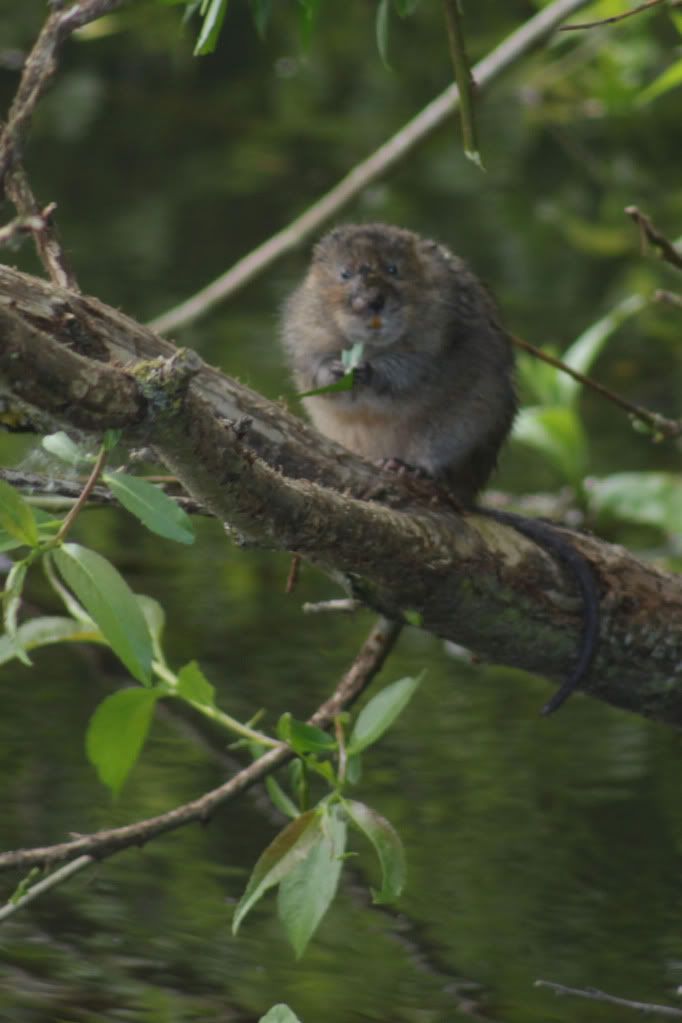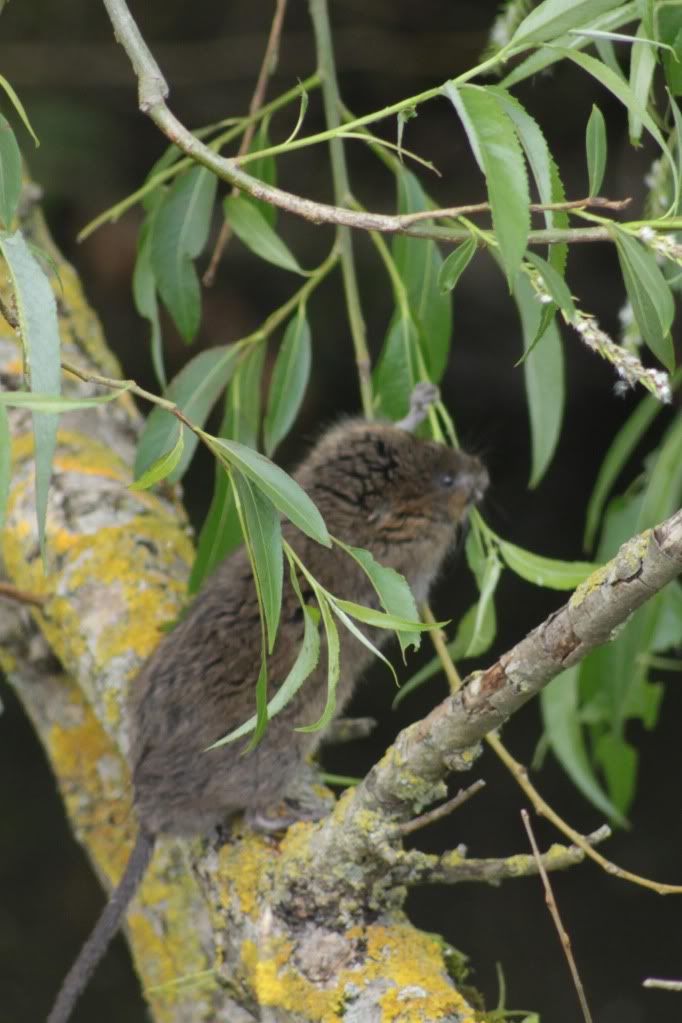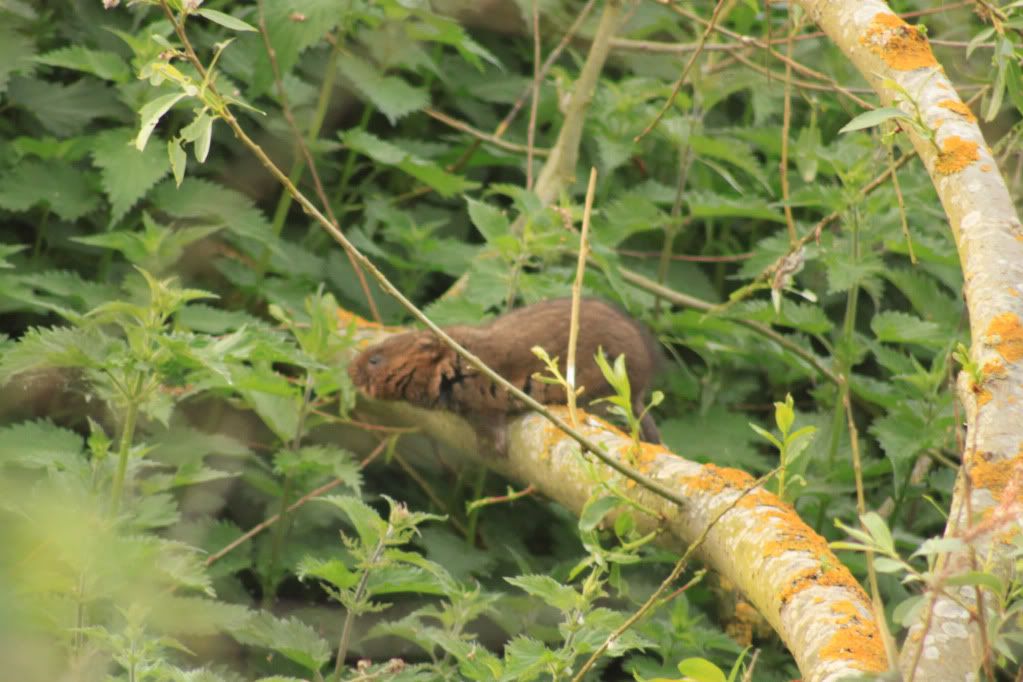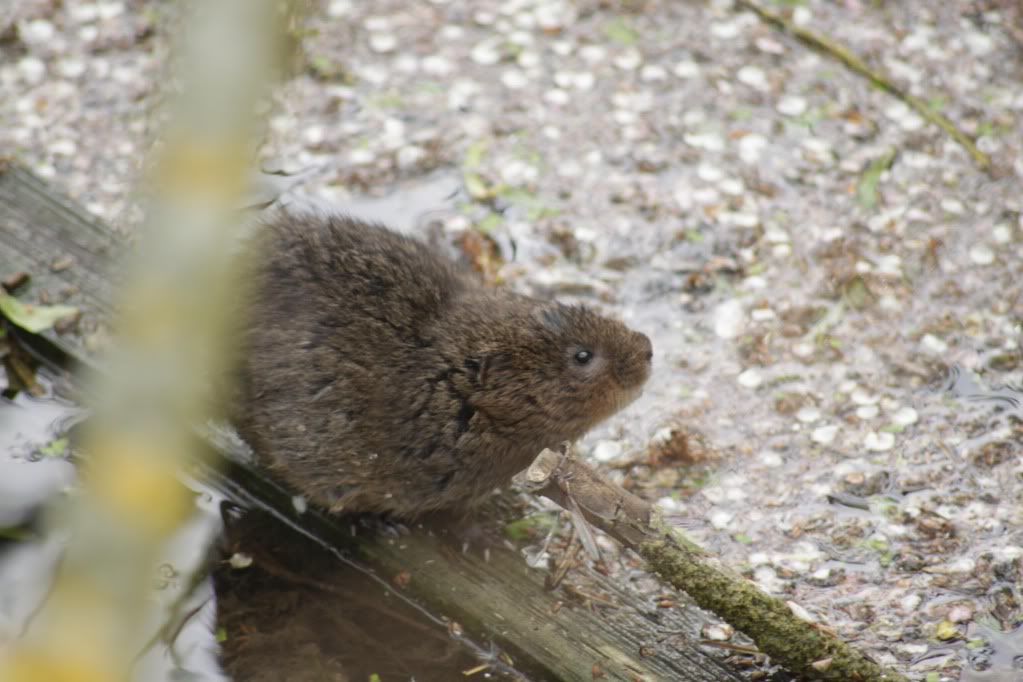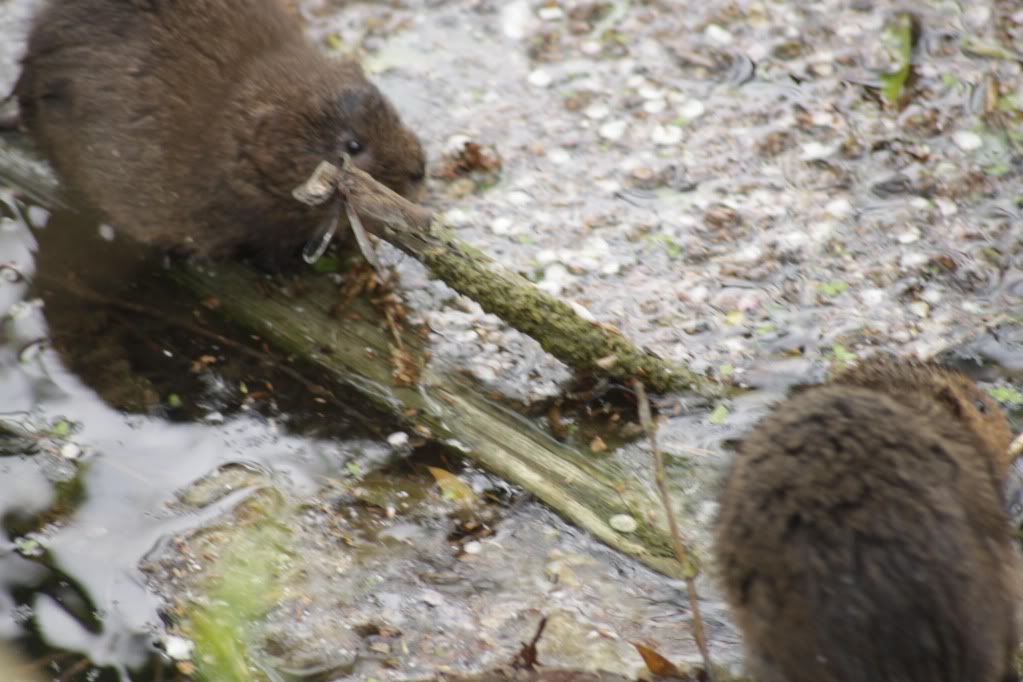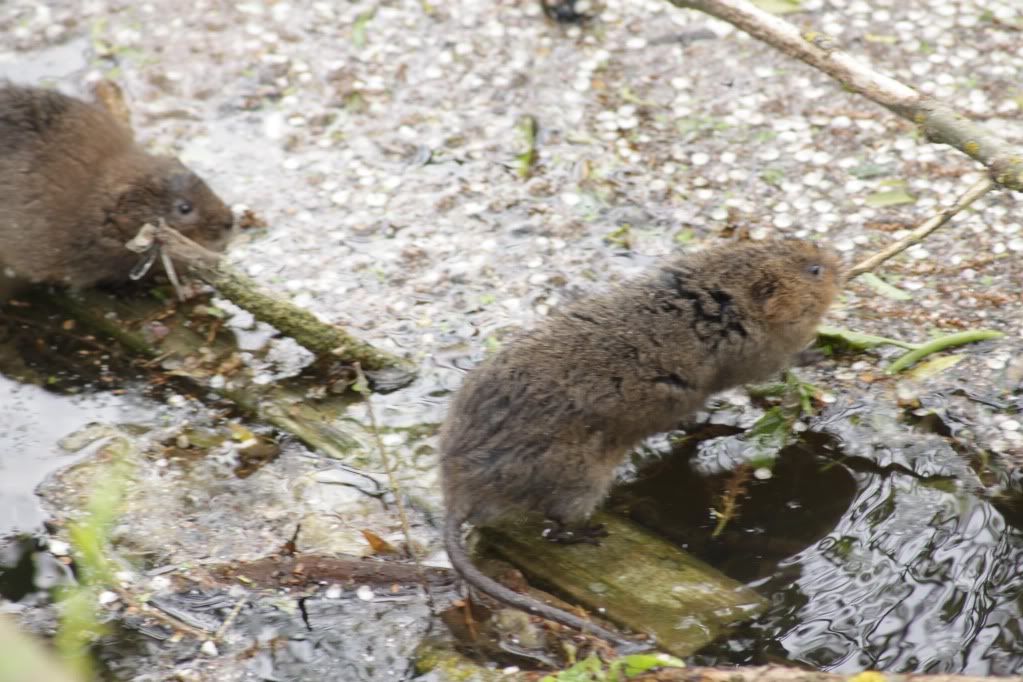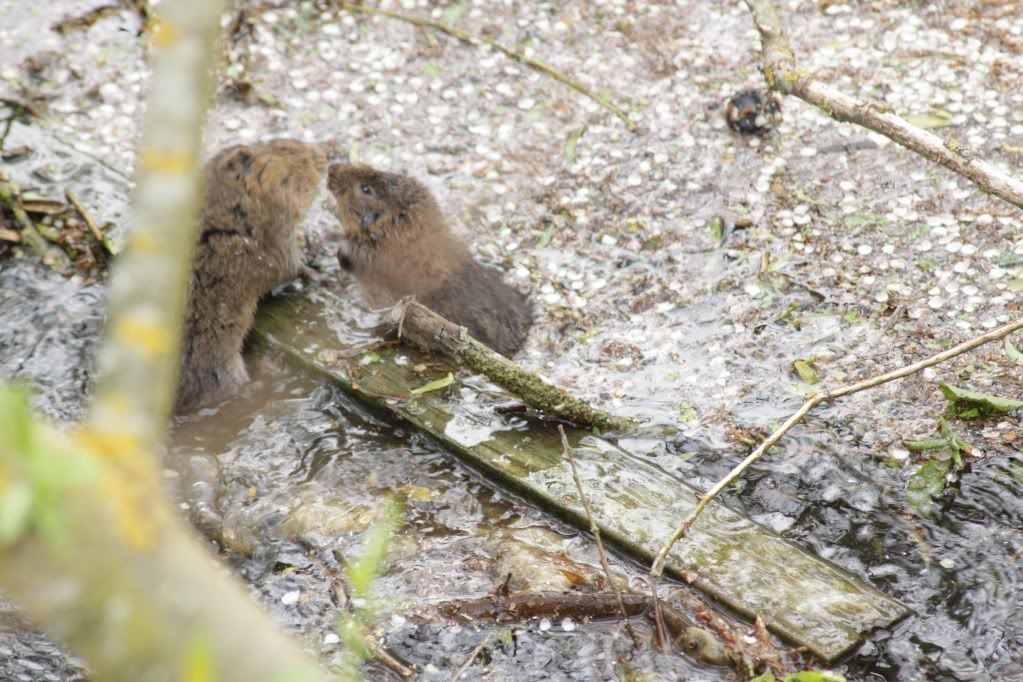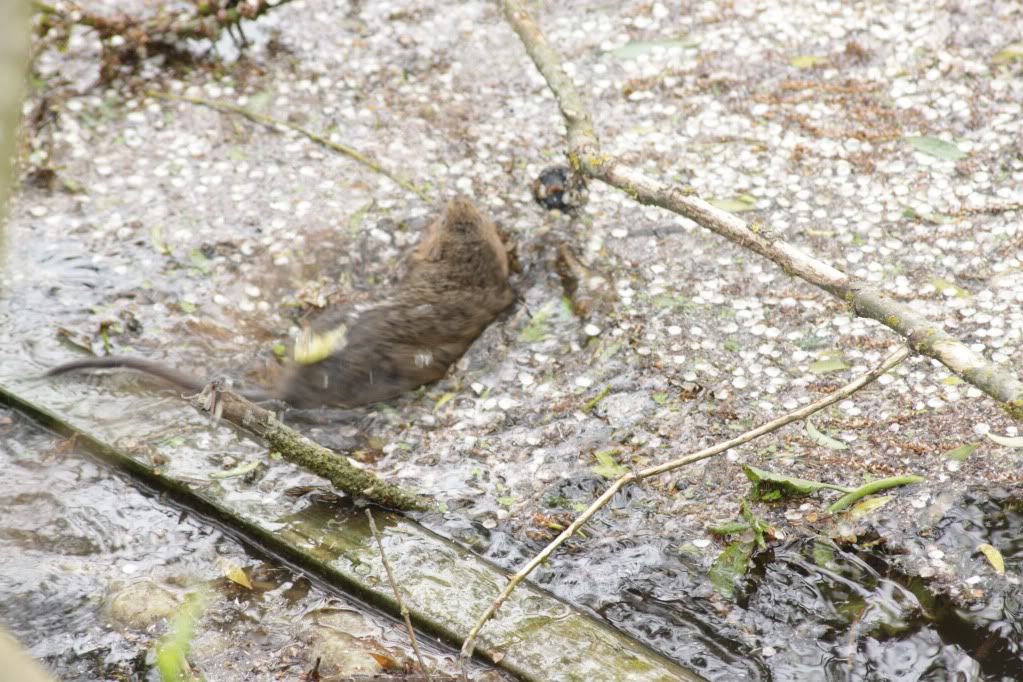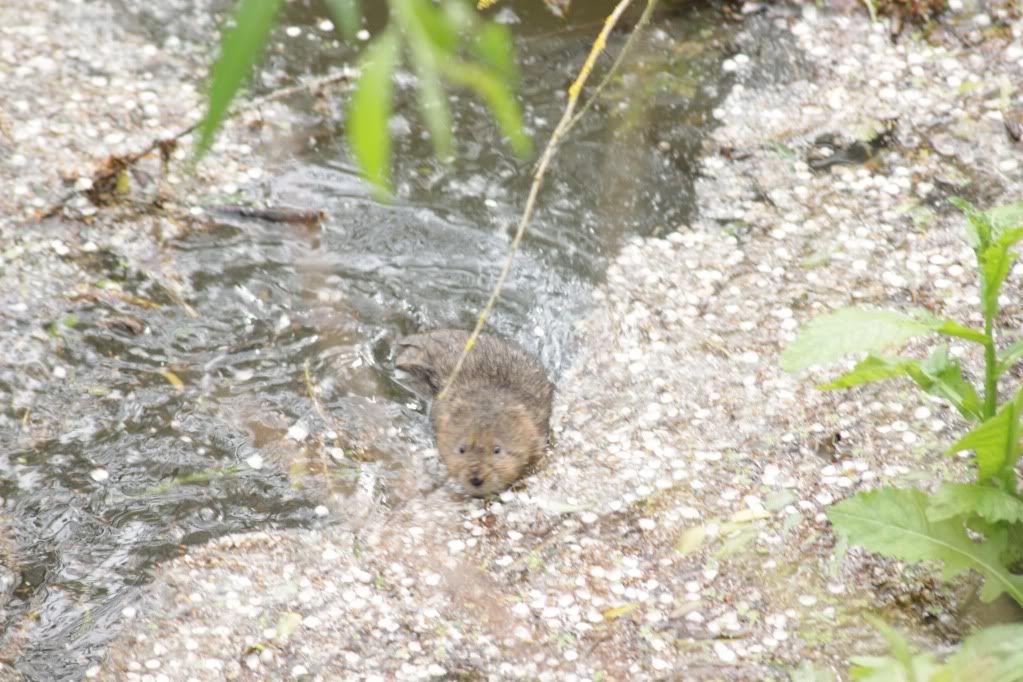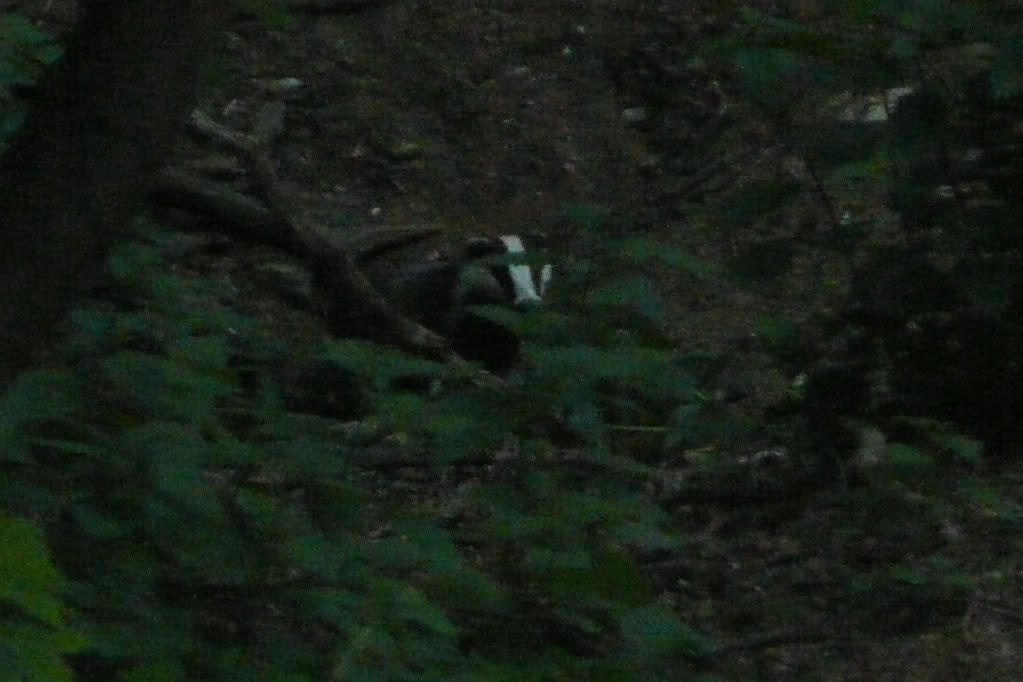The other, roe deer, are more widespread and live a moor singular existence. Being nocturnal or crepuscular (active at dawn or dusk) they can be hard to see, so it is an impressive sight to find one starting at you from a field of barley in south Abingdon.
.
.
They are suprisingly brave and don't seem to mind people taking photographs of them, but a suddern sound or movement can send them leaping across a field:
.
Like red deer, the males have antlers. The lack of them mean this one is probably a female.
.









